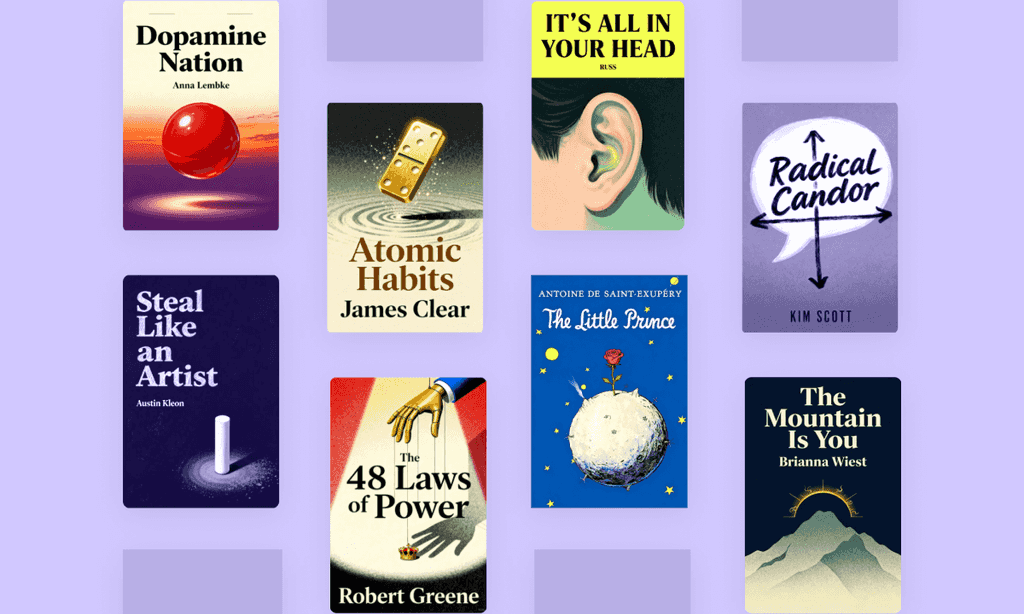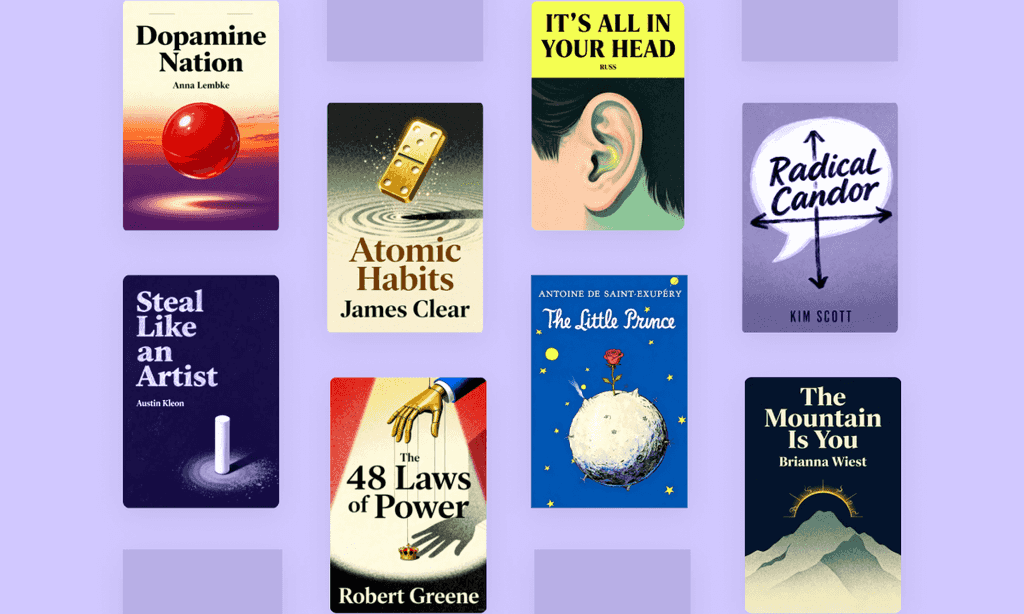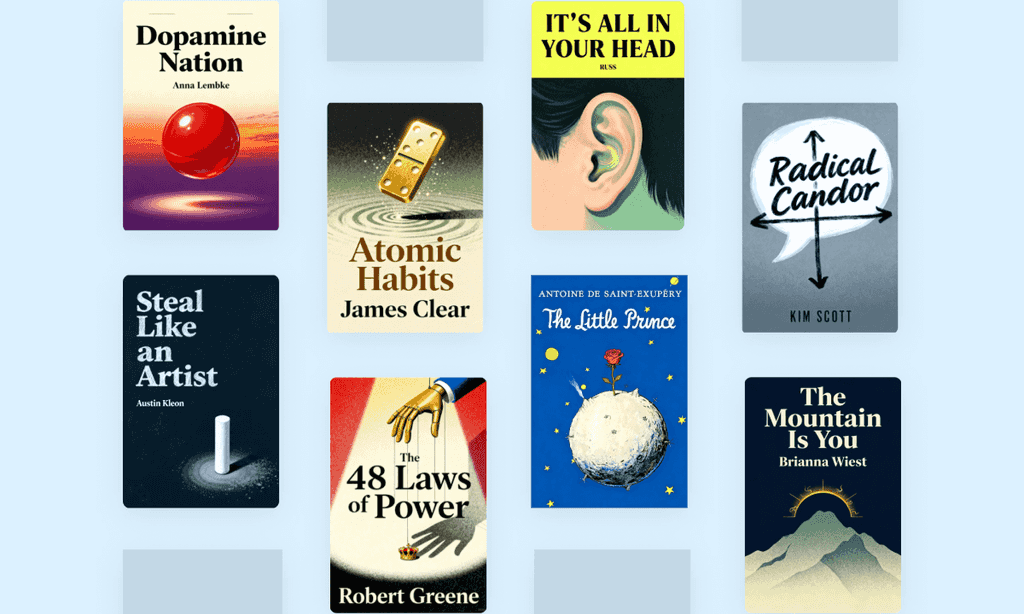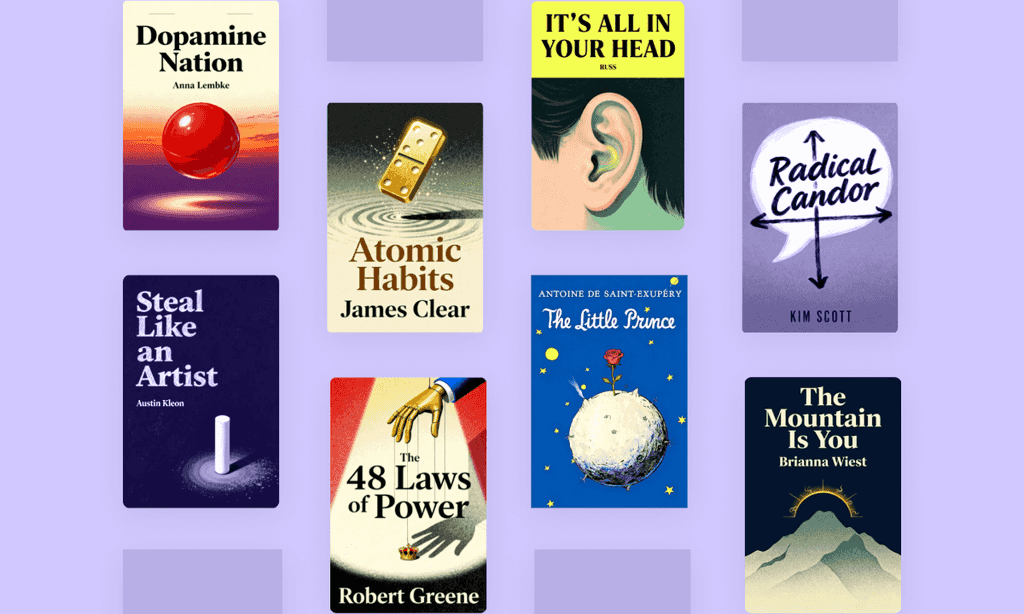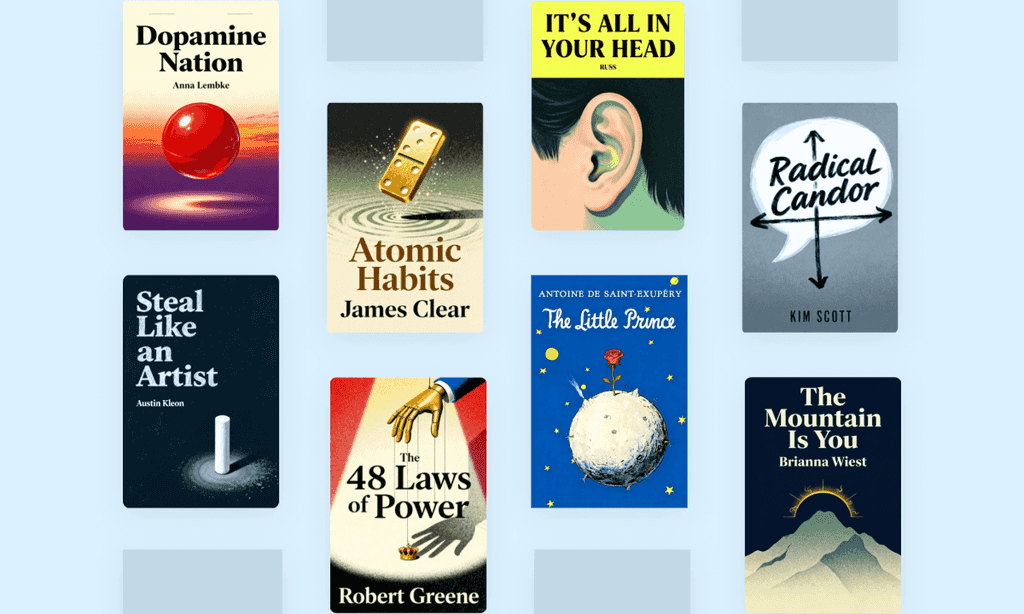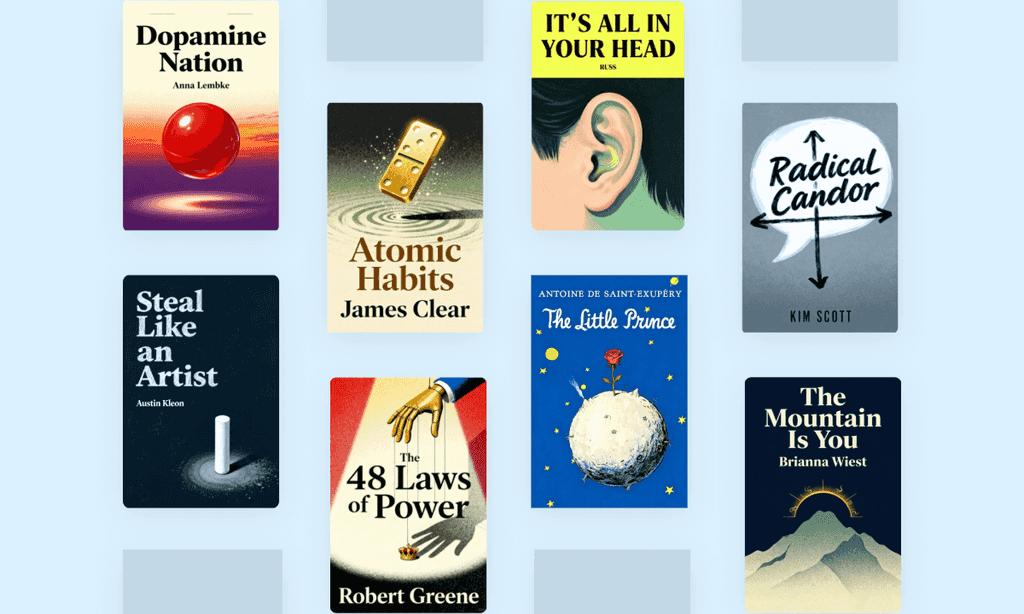The Anxiety and Phobia Workbook by Edmund J. Bourne

Overview of The Anxiety and Phobia Workbook
The Anxiety and Phobia Workbook: Trusted by over one million readers and mental health professionals worldwide. Called "the encyclopedia of healing from anxiety" by experts, this seven-edition classic offers evidence-based strategies that revolutionized mental health self-care. What's your first step toward freedom?
About its author - Edmund J. Bourne
Edmund J. Bourne, Ph.D., is the acclaimed author of The Anxiety & Phobia Workbook and a pioneering psychologist specializing in anxiety disorder treatment. A clinical expert with over 25 years of practice, he served as director of The Anxiety and Treatment Center in California, blending cognitive-behavioral therapy with holistic strategies like relaxation techniques and nutritional guidance.
Bourne holds a Ph.D. in Behavioral Sciences from the University of Chicago and has authored multiple authoritative works, including Coping with Anxiety, Natural Relief for Anxiety, and Beyond Anxiety and Phobia, which distill complex psychological concepts into accessible self-help tools.
His bestselling workbook, recognized with the Benjamin Franklin Book Award for Excellence in Psychology, has become a cornerstone resource for mental health professionals and patients alike. Bourne’s telehealth consultations and evidence-based frameworks emphasize practical, lifelong recovery strategies. Translated into over a dozen languages and selling more than one million copies worldwide, The Anxiety & Phobia Workbook remains a globally trusted guide for overcoming anxiety disorders.
Key Takeaways of The Anxiety and Phobia Workbook
- Replace catastrophic thoughts with constructive self-talk to reduce panic attacks.
- Exposure therapy rewires fear through new learning instead of desensitization alone.
- Challenge mistaken core beliefs daily to dismantle negative self-talk cycles.
- Abdominal breathing disrupts early-stage anxiety by activating relaxation responses.
- Progressive muscle relaxation lowers physical tension linked to chronic anxiety.
- Nutrition and aerobic exercise significantly reduce generalized anxiety symptoms.
- Safety behaviors perpetuate phobias; gradual exposure fosters lasting healing.
- Postpone worry sessions and use exposure to break overthinking patterns.
- Mindfulness practices enhance CBT strategies for long-term emotional resilience.
- Controlled incremental exposure is essential for overcoming specific phobias.
- Cognitive behavioral techniques interrupt panic disorder’s fear feedback loop.
- Antidepressants correct neurobiological imbalances underlying chronic anxiety.










